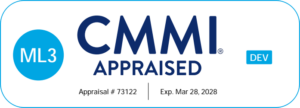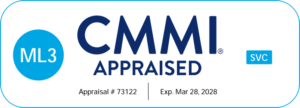Buzzwords abound in the tech industry: Cloud, AI, Zero Trust, Edge Computing. It’s easy to get caught up trying to upgrade systems against these new and innovative technologies. But it takes a lot more than just moving to the cloud or implementing a novel data analytics solution to truly harness their powers.
Put more simply, bolting on a cloud or security or analytics solution does not mean an agency is modernizing. In fact, it probably means they’re spending a lot of money and not getting anywhere near the most out of their investment.
When it comes to cybersecurity and information sharing, the consequences could mean more than just wasted capital. It could mean a major breach that puts America at risk or information silos that fail to support comprehensive intelligence. While quick and efficient data transfer is a must for agencies utilizing applications at the edge, security cannot be an afterthought.
To that end, we wanted to lay out three ways agency CIOs and CDOs can optimize agency Identity, Credential, and Access Management (ICAM) programs so their teams can work quickly without sacrificing protection.
The Earlier the Better
ICAM needs to be integrated from the start and continually evaluated for several reasons. First, integrating ICAM into the architecture as it’s being built or overhauled will make integration a lot easier and more valuable than if an agency tries to add it as an afterthought. Tackling security early means IT staff consider it every step of the way, rather than just when they need it, and applications are built with data security from the ground up.
Beyond that, early integration makes it easier for agencies to scale their access management solutions as needs arise. This is crucial for agencies with staff that fluctuate based on seasons or workloads.
Organizing for Efficiency
Data is the fuel that powers a government. Utilizing data can help with everything from making benefits administration more efficient and predicting when a military vehicle will need repair to protecting networks from attacks and deciding real-time disaster relief plans.
But when that data is mislabeled or unlabeled, it ends up worthless, or even dangerous. Analyzing data that isn’t what it purports to be can be just as bad as having no label at all.
Similarly, ICAM relies on a certain type of data labeling to confirm if users can and should be permitted access to data. If data is labelled incorrectly, it could be left open to users who shouldn’t be able to get hold of it.
Suffice to say, the mundane task of labeling could make or break an agency’s security posture.
Set Your Goals
Security isn’t a zero-sum game. There are dozens of factors that go into even the most basic decision around protecting federal systems. So, it’s important for agencies to set and keep an end goal for their access management program.
By laying out a path ahead, with a true evaluation of how to get from one point to another, agencies will be able to avoid traditional stumbling blocks while also giving their employees — both inside and outside the IT department — a roadmap for a more secure workforce.
These are just a few high-level things to consider when agencies are looking to modernize networks or integrate identity management solutions. But there is a lot more to think about. Find a trusted advisor-partner to guide the journey.
For more information on how you can squeeze the most out of your ICAM solution, contact us.











